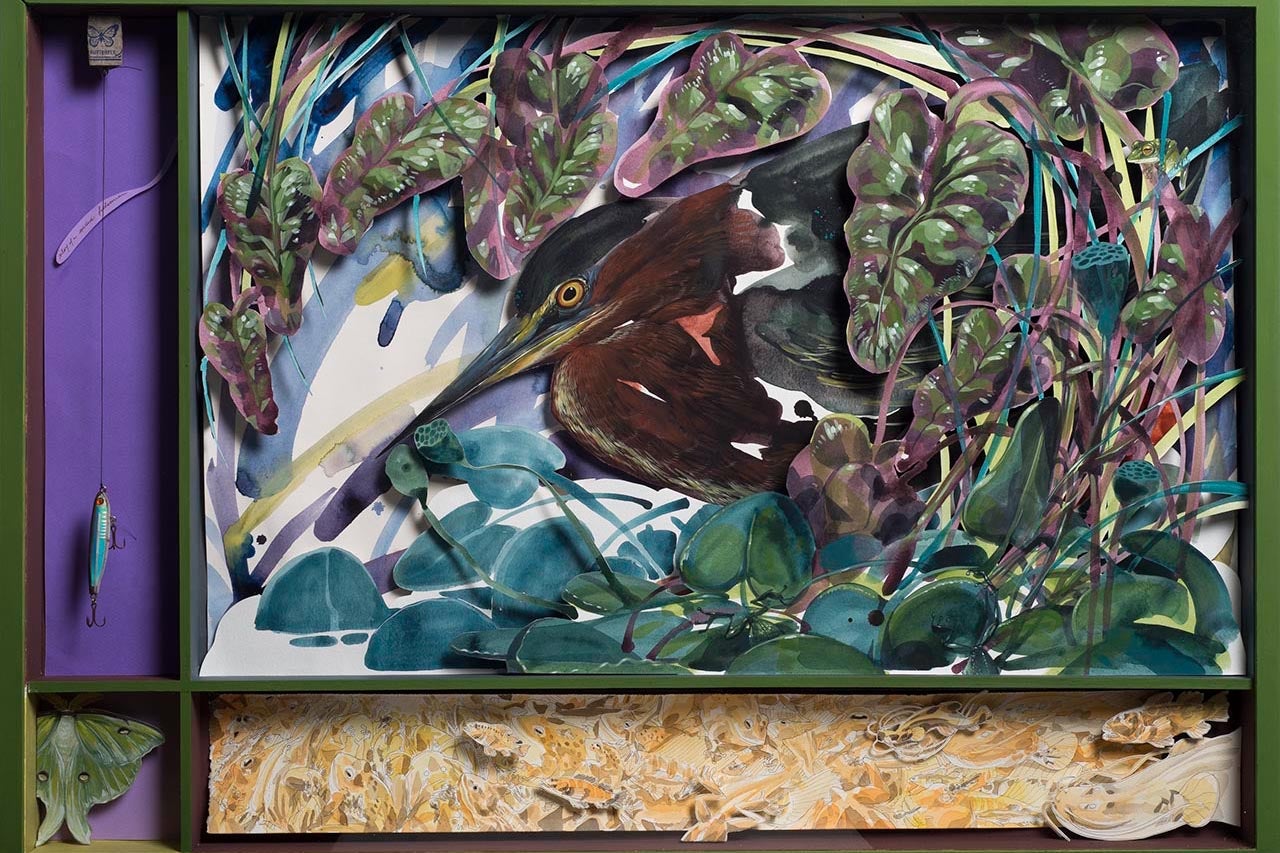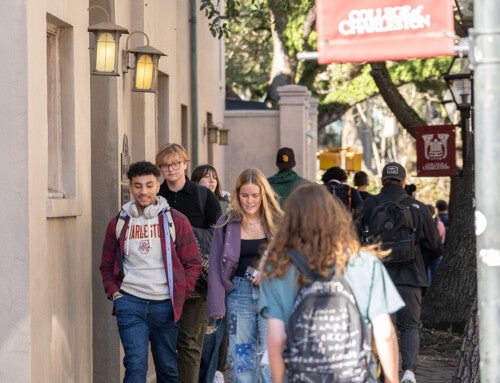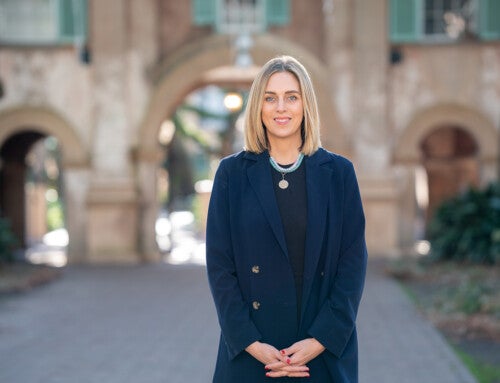Famed 19th-century naturalist John James Audubon has a special connection to Charleston and the College of Charleston. Not only did he work on many of his paintings at a studio in the home of his friend and fellow naturalist, John Bachman, who taught at CofC in the 1800s, but the College has both a reproduction and original set of Audubon’s The Birds of America – one of the rarest books in the world.
How fitting, then, that the Halsey Institute of Contemporary Art’s first exhibition of the 2018-19 season is “The Image Hunter: On the Trail of John James Audubon.” On view from Aug. 17 – Sept. 29, 2018, with a public reception at 6:30 p.m. on Aug. 24, the exhibit will feature Audubon-inspired works by Italian artist and muralist Hitnes.
“When we were approached by Hitnes about the possibility of becoming the lead institution for his project, ‘The Image Hunter,’ it was an easy ‘YES!’,” says Mark Sloan, the Halsey’s director and chief curator. “Given that Charleston as a city looms large in Audubon’s life story, and the College of Charleston itself has many connections, it felt almost inevitable.”
The exhibit will feature 15 plexiglass shadowboxes or dioramas with multi-segmented compartments, along with 53 small, copper-plated etchings that Hitnes used to create his own miniature version of The Birds of America called “Fragments of The Birds of America.”
The big difference between Audubon’s work and Hitnes’ is that while Audubon’s life-sized watercolors are wonderfully detailed and realized, there is still a flat, two-dimensional quality to them. Hitnes, however, has put his birds in a 3-D environment.
“I like that they’re multi-dimensional,” says Bryan Granger, the Halsey’s director of exhibitions and public programs, who curated the exhibit. “They’re not as objective as Audubon’s. When Hitnes went on his journey, a lot of the chance occurrences made it in. The boxes aren’t just examinations of the birds, but how Hitnes saw them in their environments.”
With the barn owl, for instance, Hitnes includes owl scat and mouse bones in a corner area of the piece, while a plastic cup and other refuse line a compartment in a piece featuring the osprey. Hitnes even comments on the social status of some of the birds. A bald eagle, for example, perches in a tree behind the wild turkey – a nod to a suggestion once made by Benjamin Franklin that the wild turkey be the national bird.
Hitnes retraced Aubudon’s journey in reverse by going from Philadelphia, where Audubon settled after emigrating from France as an 18 year old, to Miami and then New Orleans before traveling up the Mississippi River to where it splits into the Ohio River, which he followed through Kentucky and Appalachia before winding up back in Philadelphia. Along the way, he painted giant murals on buildings – his trademark – of the 15 birds, including the turkey vulture on the back of a building on Alycia Alley in West Ashley’s Avondale neighborhood and the American Redstart in downtown Summerville.
His love of the natural world isn’t new. Nature has fascinated Hitnes since he was a young boy growing up in Italy.
“That’s the channel I use to say what I have to say,” he says. “This time it’s birds; other times it’s maybe fishes or whales. I love the bond that humans can create with nature since I was young. But this is the first time I work on something so precise, so much fitting to the reality. I generally shape the reality in other ways, a collage of real things that become something else.”
Visitors to the museum will also be able to view Audubon’s paintings as the reproduction of The Birds of America will be on display during the exhibit, too. The real volumes – one of only an estimated 120 still intact today and worth about $12 million – take turns rotating in a perennial display in a secure case in Special Collections on the third floor of Addlestone Library. Each of the four volumes, which are 3 feet tall, contain 435 hand-colored prints.
“Hitnes is an artist of uncommon insights, and ‘The Image Hunter’ project pulls from all of his areas of artistic pursuit – murals, etchings, paintings and drawings,” says Sloan. “He has performed a kind of dance across time with Audubon, as he has engaged many of the same themes and concerns about man’s relationship to nature.”
Talk about birds of a feather.
Featured image: Hitnes’ interpretation of a Green Heron.





